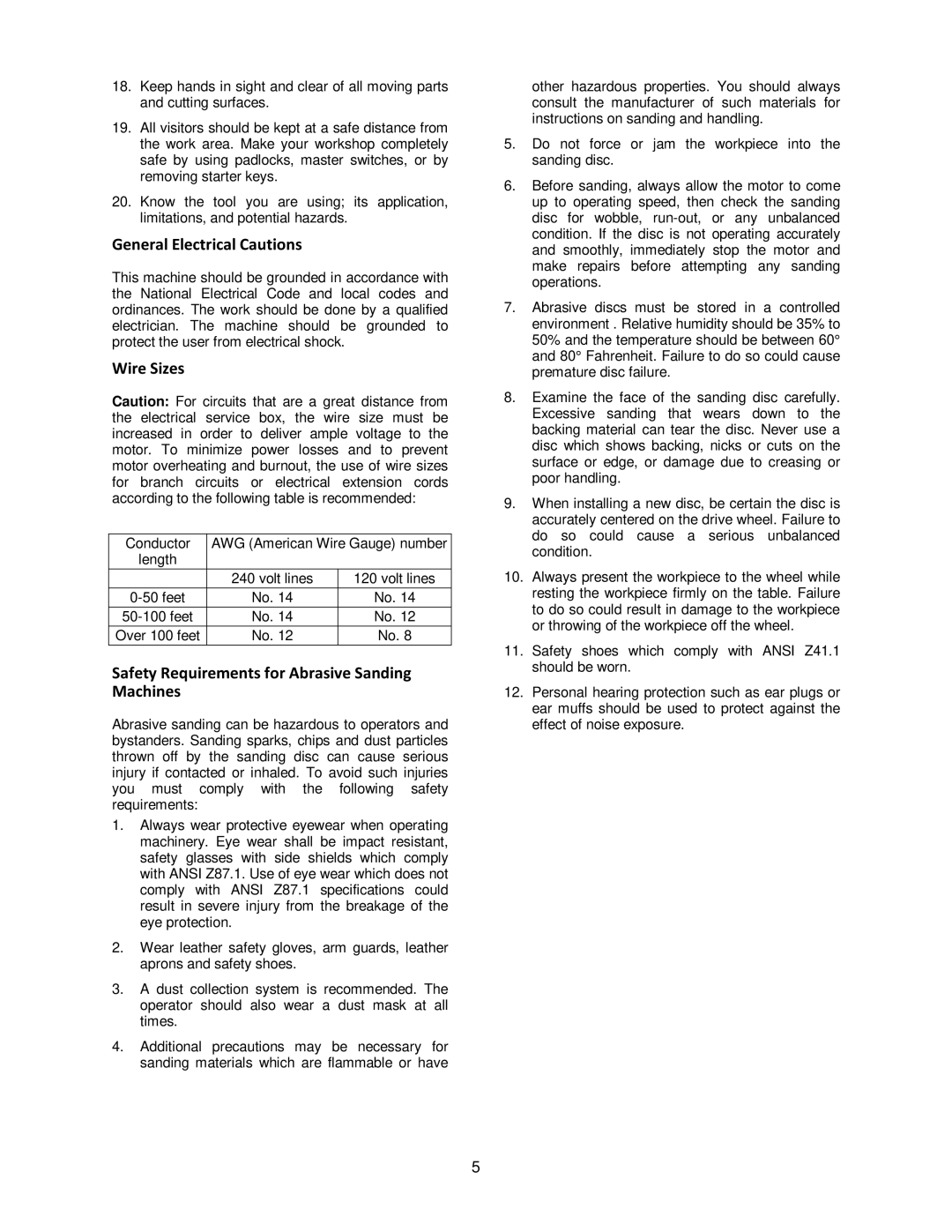J-4301A, J-4300A, J-4202A, J-4401A, J-4400A specifications
Jet Tools is a renowned name in the woodworking and metalworking industries, known for delivering high-quality machinery and tools. Among their notable products are the J-4200A, J-4200A-2, J-4400A, J-4401A, and J-4202A, all of which exhibit excellent craftsmanship and innovative features.The Jet J-4200A is a well-regarded 6-inch jointer designed to give woodworkers precision and versatility. It features a heavy-duty cast iron table that offers stability and reduces vibration during operation. The 1-horsepower motor provides ample power for jointing hardwoods, while the easy-to-adjust fence ensures accurate jointing angles up to 45 degrees. The combination of a built-in dust port and a smooth operation makes it a favorite among professionals and hobbyists alike.
The J-4200A-2 takes the functionality of the J-4200A up a notch by including an upgraded 2-horsepower motor. This increased power allows for smoother operation and the capability to handle larger workpieces with ease. The J-4200A-2 also features an improved blade set that enhances cutting efficiency, allowing users to achieve finer finishes with less effort.
On the larger end of the spectrum, the Jet J-4400A serves as a robust 8-inch jointer that combines additional surface area with heavy-duty construction. This model features a precision-ground cast iron table and an extra-long bed, allowing for exceptional control over larger projects. The J-4400A's powerful 1.5-horsepower motor, complemented by its impressive feed rate, makes it ideal for serious woodworkers looking to take on demanding tasks.
The J-4401A, another variant in this lineup, boasts similar features to the J-4400A but introduces a unique spiral cutterhead. This innovative technology reduces noise and vibration, providing a smoother finish while extending the life of the blades. This model is especially appreciated by those who frequently work with various types of wood, as it minimizes tear-out and produces cleaner cuts.
Finally, the Jet J-4202A is designed as a versatile machine for both jointer and planer applications. It offers a space-saving solution for workshops where floor area is a concern. With its dual functionality, the J-4202A allows users to switch between operations seamlessly, emphasizing Jet's commitment to innovation and practicality in woodworking machinery.
In summary, the Jet Tools J-4200A series stands out for its combination of powerful motors, durable construction, and precision engineering. Each model is built to cater to the varying needs of woodworkers, ensuring that performance, versatility, and user-friendliness are at the forefront of their design. By integrating technology and thoughtful features, Jet Tools continues to support the craftsmanship of woodworking enthusiasts and professionals alike.
